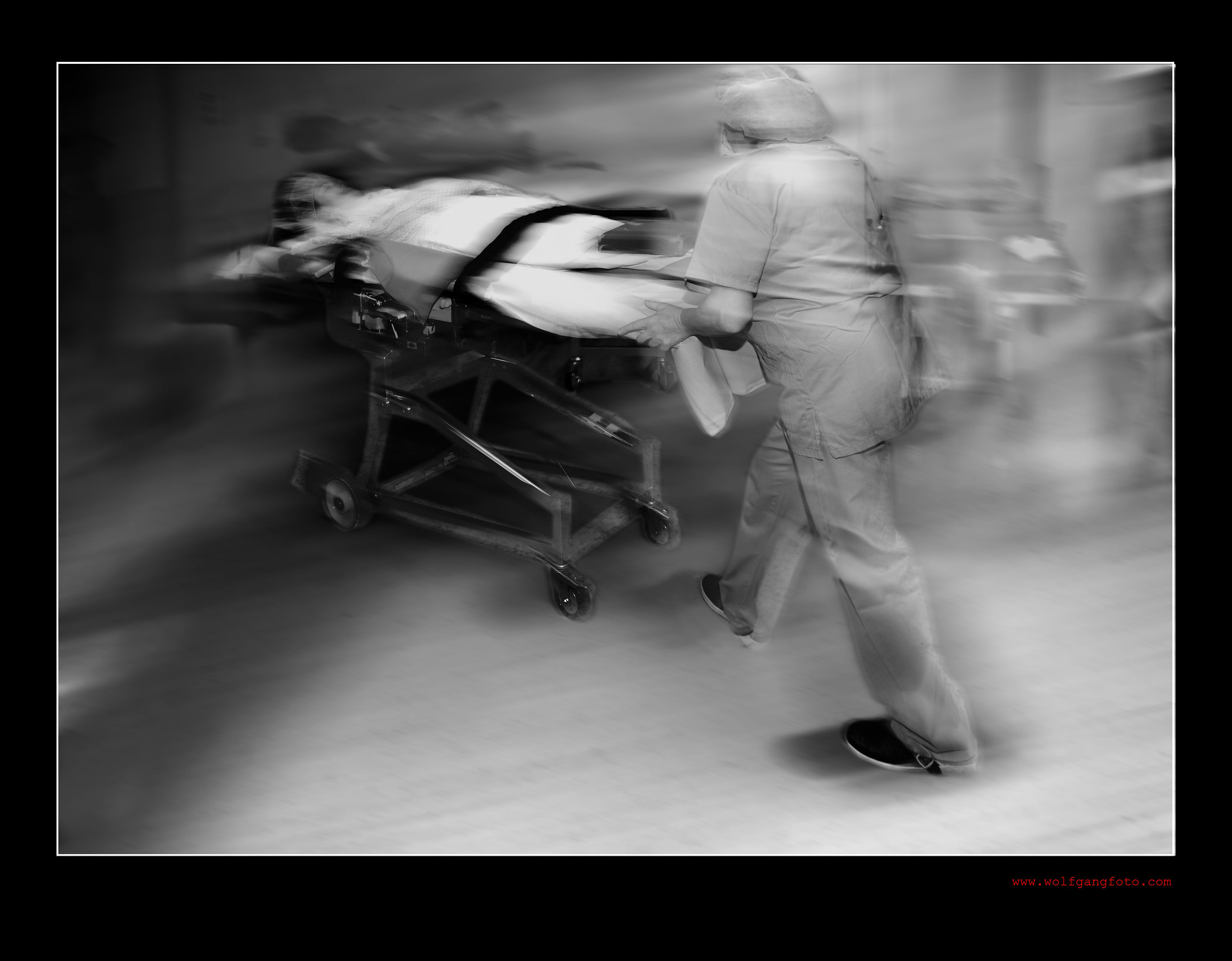Playlist
Show Playlist
Hide Playlist
Approach to Shock
-
Slides Pulmonary Critical Care Respiratory Pathology.pdf
-
Reference List Pathology.pdf
-
Download Lecture Overview
00:02 Approach. Shock needs to be treated rapidly, you don't have time to mess around, because you're worried about end organ dysfunction. 00:08 Patients must be carefully monitored and reassessed as their condition evolves. 00:12 Clinicians must watch for indications for intubation, for example, if a patient develops an altered mental status, and can protect their airway. 00:19 Fluids and vasopressors can be used to maintain certain targets, like a CVP over 8 or MAPs over 65. 00:27 Urine output is a good indicator of kidney perfusion, and should be followed closely. 00:31 And finally last but not least, blood work can provide clues to the underlying cause of the shock, as well as information to the patient's trending condition. 00:39 One example of this would be lactate, which decreases as end organ tissue perfusion improves.
About the Lecture
The lecture Approach to Shock by Carlo Raj, MD is from the course Pulmonary Critical Care.
Included Quiz Questions
Which of the following is the most important first step to manage a patient with suspected shock?
- Ensure adequate oxygenation
- Intravenous fluid administration
- Vasopressor administration
- Diuretic therapy
- Maintain CVP <8 mmHg
What is the minimum central venous pressure that should be maintained when managing distributive shock?
- CVP > 8 mmHg
- CVP > 20 mmHg
- CVP > 2 mmHg
- CVP > 5 mmHg
- CVP > 3 mmHg
What is the common inotrope used to augment cardiac output in the management of cardiogenic shock?
- Dobutamine
- Dopamine
- Atropine
- Digitalis
In a patient with a pulmonary embolism, what is the most likely type of shock they may experience?
- Obstructive
- Cardiogenic
- Hypovolemic
- Neurogenic
- Septic
At what hemoglobin level is red blood cell transfusion indicated in septic shock?
- < 7g/dL
- < 8 g/dL
- < 9 g/dL
- < 10 g/dL
- < 12 g/dL
Customer reviews
5,0 of 5 stars
| 5 Stars |
|
5 |
| 4 Stars |
|
0 |
| 3 Stars |
|
0 |
| 2 Stars |
|
0 |
| 1 Star |
|
0 |




